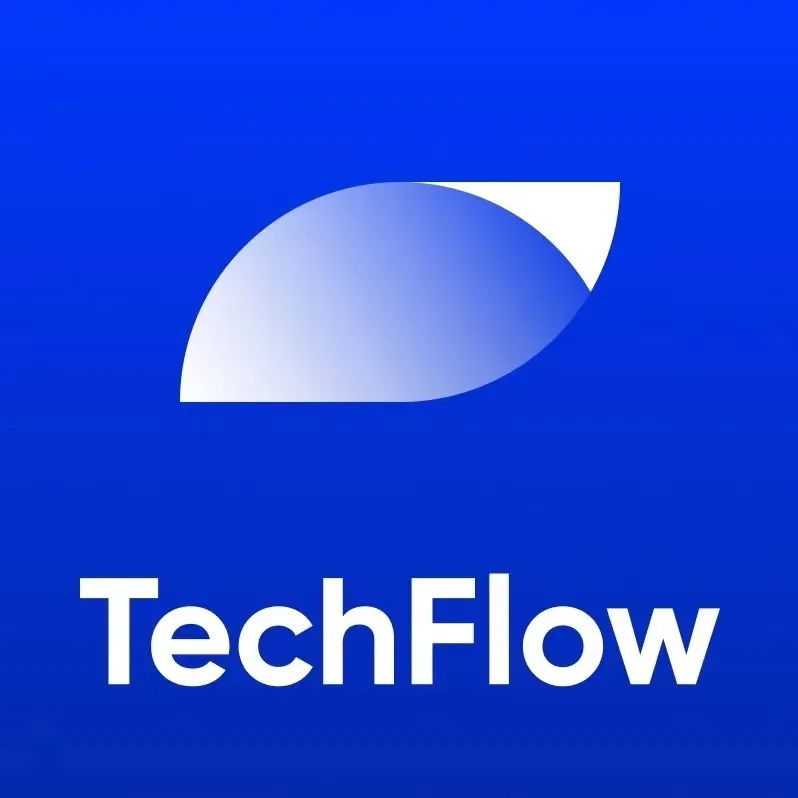The three main strategies for encrypted public business: stablecoins, DePin, and asset tokenization, non-speculative demand has already emerged
Author: James Ho, Modular Capital Co-founder
Compiled by: Deep Tide TechFlow
Vincent and I founded @Modular_Capital two years ago, believing that the use cases for cryptocurrency will expand. The last cycle focused primarily on decentralized finance (DeFi) and non-fungible tokens (NFTs), which we see as powerful raw assets (both speculative and non-speculative), but we believe the potential of cryptocurrency goes far beyond that.
Here are some examples we've found in the B2B space that have real non-speculative use cases; these are just three examples that come to mind.
Stablecoins
We have issued over $160 billion in stablecoins (with over 90% being Tether and USDC), with monthly trading volumes exceeding $2-3 trillion. Instant, global, 24/7 real-time payments (instead of T+1 days and weekend closures) represent a huge innovation. Traditional infrastructure struggles to modernize due to coordination issues.
In the past two years, we have seen several raw assets driving this adoption, including the issuance of more on-chain native stablecoins, fast and cheap cross-chain bridges (such as @AcrossProtocol, @circle's CCTP), low-fee chains reducing transaction costs (with transaction fees on Solana and Base being under 1 cent), and multi-currency stablecoins (Euro, Pound, Yen).
Becoming a stablecoin issuer is an extremely profitable business. Every consumer and business needs idle cash that earns no interest for payments, working capital, etc. The approximately 5% yield that these issuers earn is mostly kept for themselves. Tether makes billions in profit each year, while Circle has secretly filed for an IPO.

Source: @artemis__xyz
DePin (Decentralized Physical Infrastructure Networks)
In the last cycle, Helium sold over 2 million boxes globally for IoT coverage. While this did not generate much demand and was often mocked, the key lies in democratizing the capital formation of physical networks through a global asset ledger and micropayments, achieving massive scale.
Since then, we have seen success stories in DePin such as @helium Mobile (over 100,000 telecom users), @Hivemapper (about 150,000 contributors mapping approximately 13 million kilometers of unique maps, covering almost half of Google Maps), and @GEODNET_ (the world's largest RTK GPS data network with over 6,000 miners).
DePin can fundamentally reduce the setup and operational costs of these networks by over 90%. Typically, installing a box requires capital expenditures from the balance sheet, leasing land or facilities, and dispatching technicians for ongoing maintenance. It turns out that many consumers globally are willing to do these things for a small ownership stake in the network (via tokens). This is uniquely achievable through blockchain, enabling programmable, global micropayments.
The supply side is only half the battle for DePin networks. All these networks need a demand side. Currently, we see this happening. Hivemapper and Geodnet are both approaching an annual revenue of $1 million (through native token buybacks on-chain in the past 2-3 months). This new wave of DePin networks is finding product-market fit and paying customers.

Asset Tokenization
Asset tokenization has been discussed for a long time, but due to its regulated nature (even more so than stablecoins that do not pay interest), its speed to go on-chain has been slow.
We have seen two approaches. Traditional issuers going on-chain, particularly Blackrock's tokenized treasury fund ($BUIDL), which has issued about $500 million on Ethereum. The other approach is crypto-native products launching new funds under existing regulatory frameworks: @OndoFinance, @superstatefunds, @maplefinance, etc., are examples. Both approaches are effective. Notably, stablecoins have not seen this (all are crypto-native companies like Tether and Circle), and now traditional financial institutions are finally realizing the importance of issuing on-chain.
Tokenized treasury bonds are approaching $1.5 billion in issuance. Large issuers will join, existing products will scale up, and new asset types will be tokenized on-chain.

Source: @rwa_xyz
Tokenization unlocks some important functionalities, including 24/7 transfers and settlements, composability, and significant upgrades to the traditional infrastructure of most financial institutions, such as back-office and reconciliation. JPMorgan expects to save over $20 million by tokenizing its repurchase volume. Blockchain is becoming the modern asset ledger of the 21st century.

Source: coindesk
Yesterday, during the GameStop trading frenzy, the NYSE experienced a technical failure, leading to outages, trading halts, and systems showing Berkshire and gold prices dropping by 98-99%.
However, yesterday on Ethereum and Solana, there were no issues with volatility halts, trading failures, or price errors.
Ethereum launched in 2015, and Solana in 2020—while both have experienced significant outages, errors, and downtimes in the past, they have become systems that have stood the test of time and battle.
The modern global asset ledger will become the preferred settlement layer for more assets.
Stablecoins, tokenized treasury bonds, ETFs, etc.—these are just the beginning.









